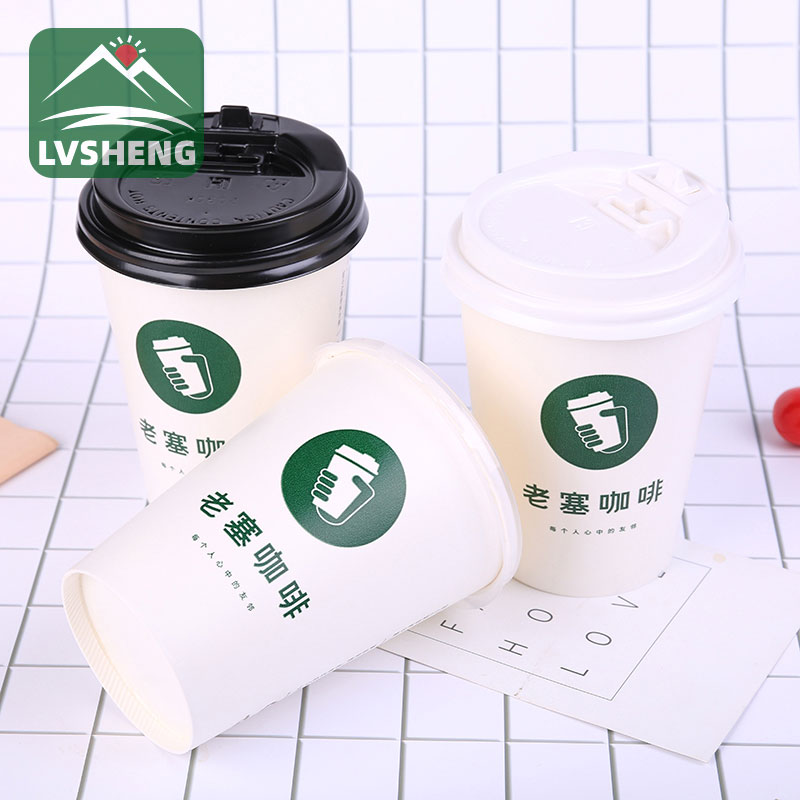Tracing the Evolution: A Brief History of Paper Cups
2024-02-27
Introduction:
In today's fast-paced world, paper cups have become an indispensable part of our daily lives, offering convenience and practicality for enjoying beverages on the go. However, the journey of paper cups stretches back centuries, marked by innovation, ingenuity, and the quest for sustainable solutions. In this blog, we'll take a fascinating journey through time to explore the rich history of paper cups, from their humble beginnings to their modern-day ubiquity.
1. Origins of Disposable Cups:
The concept of disposable cups predates the invention of paper cups by centuries. In ancient civilizations such as China and Greece, people would use natural materials like gourds, shells, and hollowed-out fruits as makeshift containers for holding liquids. These early vessels were functional but lacked the convenience and disposability of modern paper cups.
2. Early Innovations:
The first documented instance of a disposable paper cup can be traced back to the early 20th century. In 1907, Lawrence Luellen, an inventor from Boston, Massachusetts, patented a design for a disposable paper cup with a pleated seam and a thin wax coating. This innovation paved the way for the mass production of paper cups and revolutionized the way beverages were served in public spaces such as railway stations and soda fountains.
3. Rise of the Dixie Cup:
One of the most iconic names in the history of paper cups is the Dixie Cup. In 1908, Hugh Moore, a lawyer and entrepreneur, founded the Dixie Cup Company in New York City. Moore's vision was to create a hygienic and convenient alternative to shared drinking cups, which were common in public places at the time. The Dixie Cup, with its distinctive cone shape and rolled rim, quickly gained popularity and became synonymous with disposable paper cups.
4. World War II and Beyond:
During World War II, paper cups experienced a surge in demand as they were widely used by the military for serving water and beverages to soldiers. The war effort spurred advancements in paper cup technology, leading to innovations such as heat-sealed seams and improved coatings for enhanced liquid resistance. After the war, paper cups became a staple in homes, workplaces, and recreational settings, fueling further growth in the industry.
5. Environmental Awareness and Sustainability:
In recent years, the environmental impact of disposable packaging has become a growing concern, prompting a shift towards more sustainable alternatives. As a result, there has been renewed interest in developing eco-friendly paper cups made from recycled materials or biodegradable coatings. Companies are also exploring innovative solutions such as compostable paper cups and cups made from plant-based materials, signaling a new chapter in the evolution of paper cup technology.
Conclusion:
From humble beginnings to modern-day innovations, the history of paper cups is a testament to human ingenuity and the quest for convenience and sustainability. Over the years, paper cups have evolved from simple vessels to sophisticated products that meet the demands of a fast-paced world while minimizing environmental impact. As we continue to strive for sustainable solutions in the food and beverage industry, the legacy of paper cups serves as a reminder of the power of innovation to shape the way we consume and interact with the world around us.



